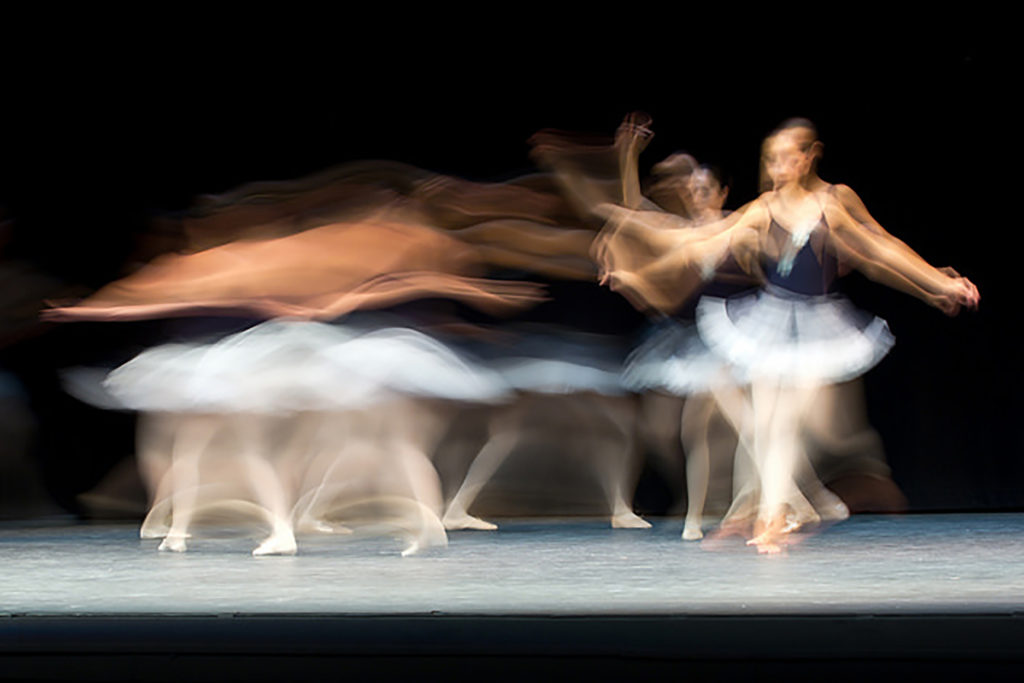Be it tapping our feet, nodding, or simply swaying, music makes us move! However, did you know that the body moves to music even when we’re not aware of it? These small movements are referred to as “micromotion”, and have captured the attention of scientists at the RITMO Centre for Interdisciplinary Studies in Rhythm, Time and Motion at the University of Oslo. They set out to learn if micromotion varies among different genres like EDM, Indian classical music, and Norwegian fiddle music..
A total of 71 participants with the average age of 25 years were asked to stand as still as possible through six minutes of pieces of music interspersed with moments of silence. A motion capture system was used to record the position of each participant’s head during this period. The head displacement was used to calculate the average level of micromotion. The scientists then processed and analyzed the data by considering three features of a musical recording: loudness (related to height of the sound wave), brightness (related to the frequency content in sound), and pulse clarity (strength of beats).
There was no significant difference in the average level of micromotion between male and female participants, which was approximately 8.7 millimeters per second. However, taller participants moved more during the experiment. Participants were also free choose their standing posture, through which the scientists discovered that those standing in a free or “unlocked” posture moved more than those standing with their knees locked.
Pulse clarity had a distinct effect on involuntary body motion compared to the loudness and brightness. The hit EDM track “Icarus” by DJ Madeon had a strong rhythmic base, the highest tempo, and the strongest pulse clarity among the three genres studied, and unsurprisingly, resulted in the best average micromotion along the vertical direction.
The Norwegian folk piece called “Telespringar” is known for its asymmetric meter – where three beats are of uneven duration. Owing to this lack of pulse clarity, participants showed the lowest average micromotion, or slowest movement, than for other pieces of music. This can be interpreted as the body not being able to move to the beat if it could not anticipate when the next beat would arrive.
The Indian classical music piece had the lowest tempo among the three genres. However, participants moved more to the Indian music piece that to the Telespringar. This is again related to the pulse clarity – the drone of the four-stringed instrument, called the tanpura, in the background in Indian music provides some semblance of pulse clarity, though quite lesser than for EDM.
Researchers have long been fascinated by how the body gives expression to music, and how the same piece of music can evoke different body movements in different individuals. Music cognition studies such as this by the scientists at the RITMO Centre help to understand how rhythm is perceived by individuals and how it translates into body movement. By continuing to study micromotion, the scientists hope to gain insights into the perception of sound and its interpretation by people with different musical tastes or different physiological characteristics like muscular activity and heart rate.


